While gray whales are seen as somewhat normal creatures in some parts of the Earth, one area it isn’t expected to see is the Atlantic Ocean.
For the first time in over 200 years, a gray whale was spotted just off the Massachusetts coast. It was such a rare find that the scientists who spotted it didn’t dare to say anything until they were 100% sure it was the gray whale.
The World’s Rarest Whale
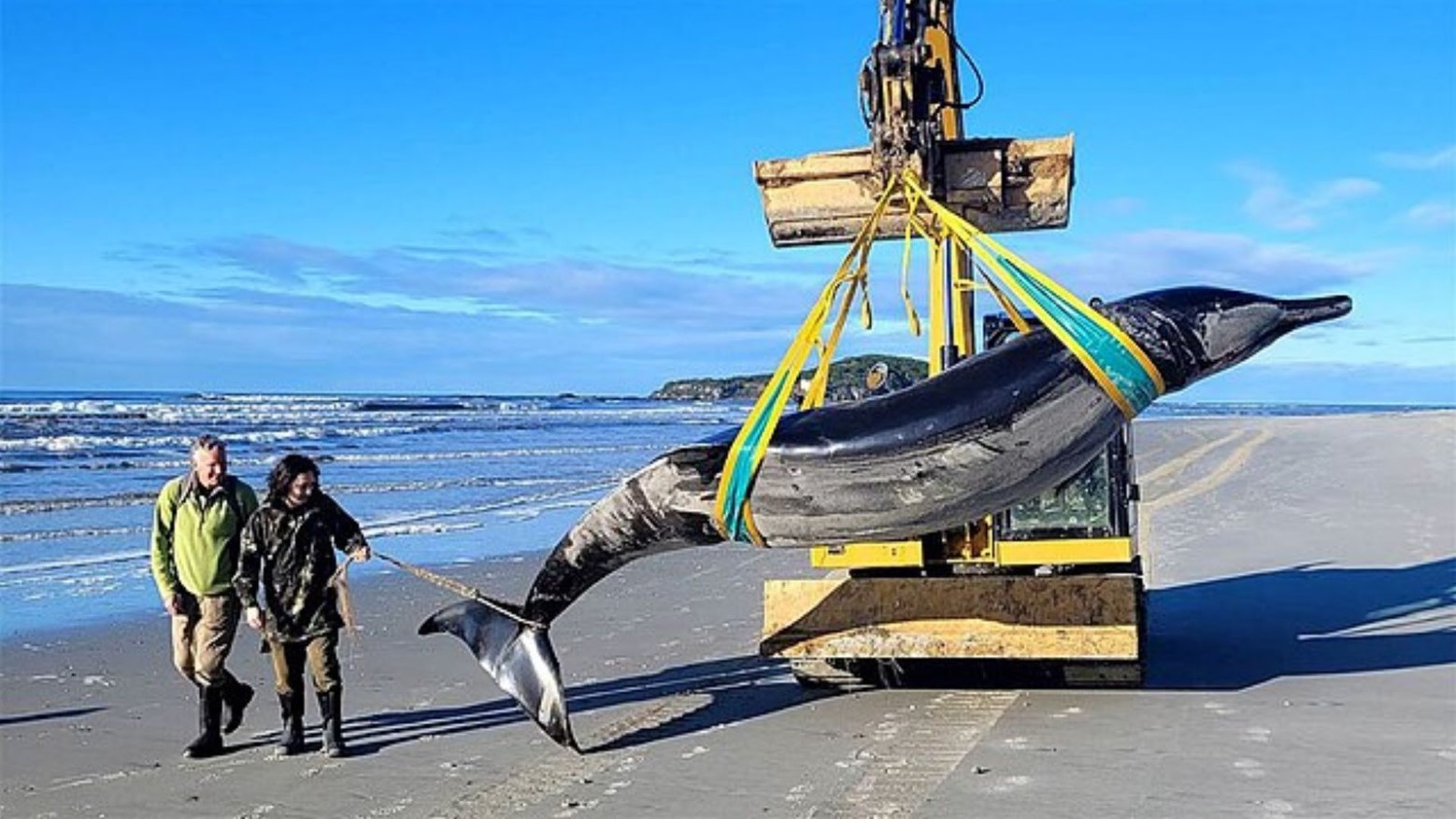
While the gray whale is a rare find in some areas and a regular sight in others, it isn’t the rarest whale in the world. This title goes to the spade-toothed whale, to the point where no one has ever seen one living.
Scientists have always wanted to study this whale, as it is one of the only creatures that has not been studied. However, one ended up being washed up on the shore in New Zealand in 2024. While it wasn’t alive, it gave the scientists some insight into the whale to help them gain more knowledge about it.
Confused for Another Whale
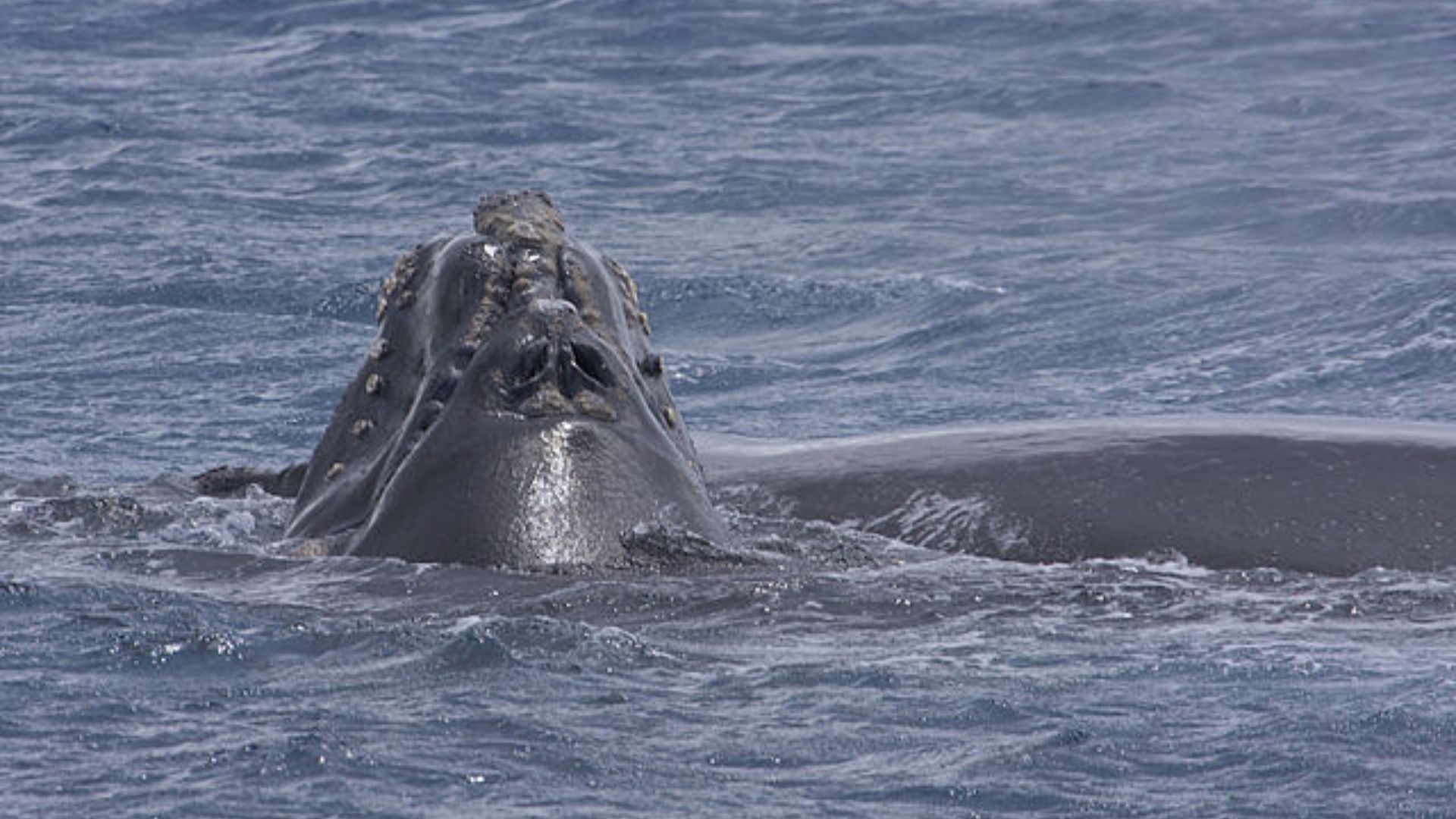
Initially, the research team behind this sighting assumed they were seeing another species entirely.
The New England Aquarium thought they saw one of the area’s right whales, which they spot regularly off the East Coast. However, circling back, it was unmistakably a gray whale because of its mottled gray color and triangular head shape.
Scientists in a Frenzy
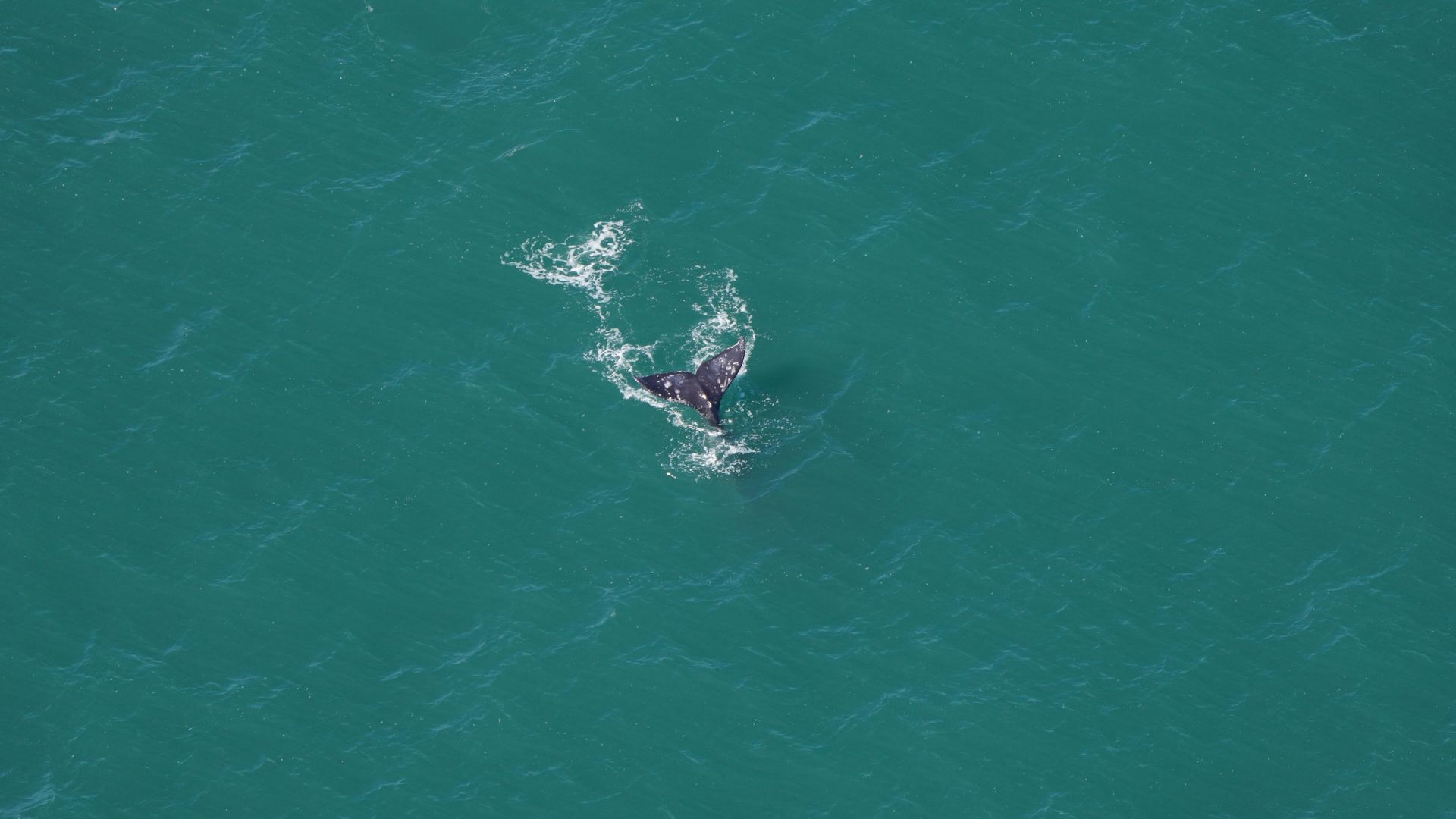
When the possibility of a gray whale sighting arose, scientists were beside themselves to confirm what they saw.
“My head was spinning a little and I thought I knew what it was, but I wanted independent confirmation,” said Orla O’Brien, associate research scientist with the aquarium’s Anderson Cabot Center for Ocean Life. “We started getting giddy and saying to each other, this is insane.”
Whales and Fishing Boats
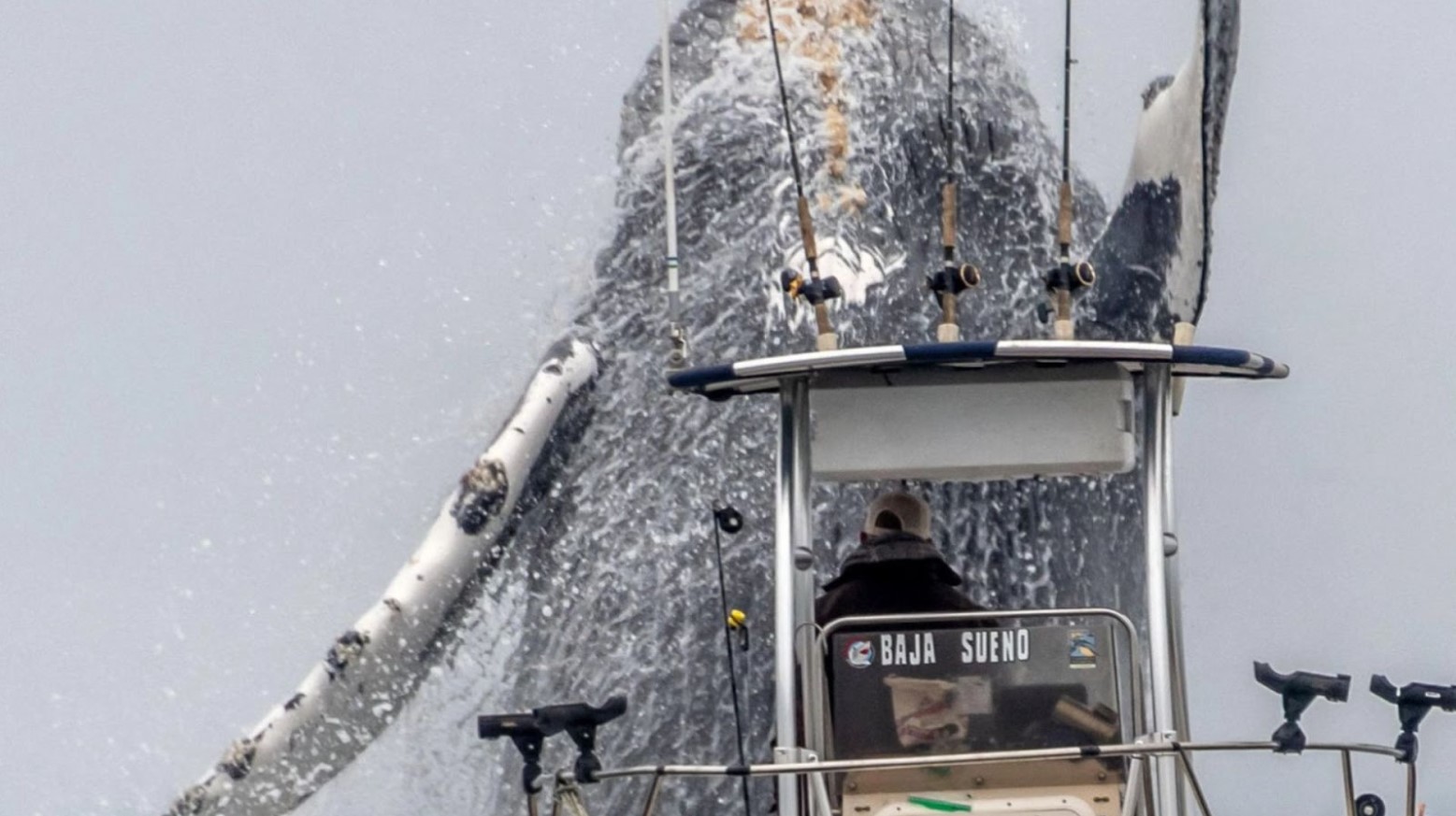
As whales are large sea animals, they can sometimes cause havoc with anything else in the sea, such as fishing boats. If a whale goes into a fishing boat, the results can be catastrophic.
One whale just off the coast of New Hampshire in the Atlantic Ocean was mid-breach and ended up hitting a small fishing boat, sending the two men on board flying into the ocean.
An Alarming Rise in Whale Deaths
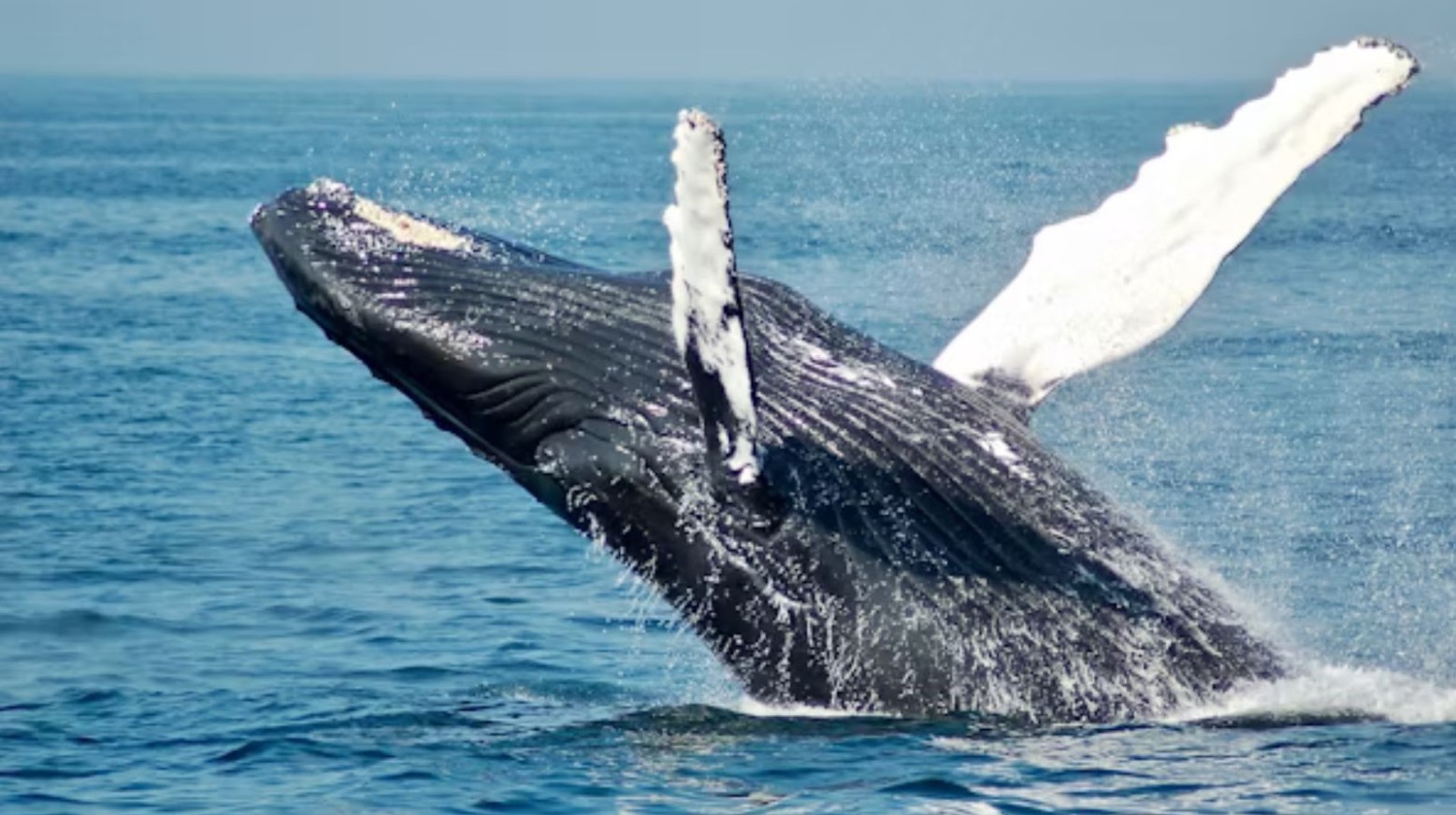
While many people enjoy going out on boat trips to do a bit of whale watching, this popular tourist attraction could be no more. In recent years, there has been a rise in the number of whale deaths.
The species with rising deaths is the humpback whale, once a famous sight along the East Coast. Many people are saying the reason for the rise in fatalities is due to offshore windfarms and that these need to be stopped before more whale deaths occur.
Gray Whale Repeatedly Seen in the Ocean
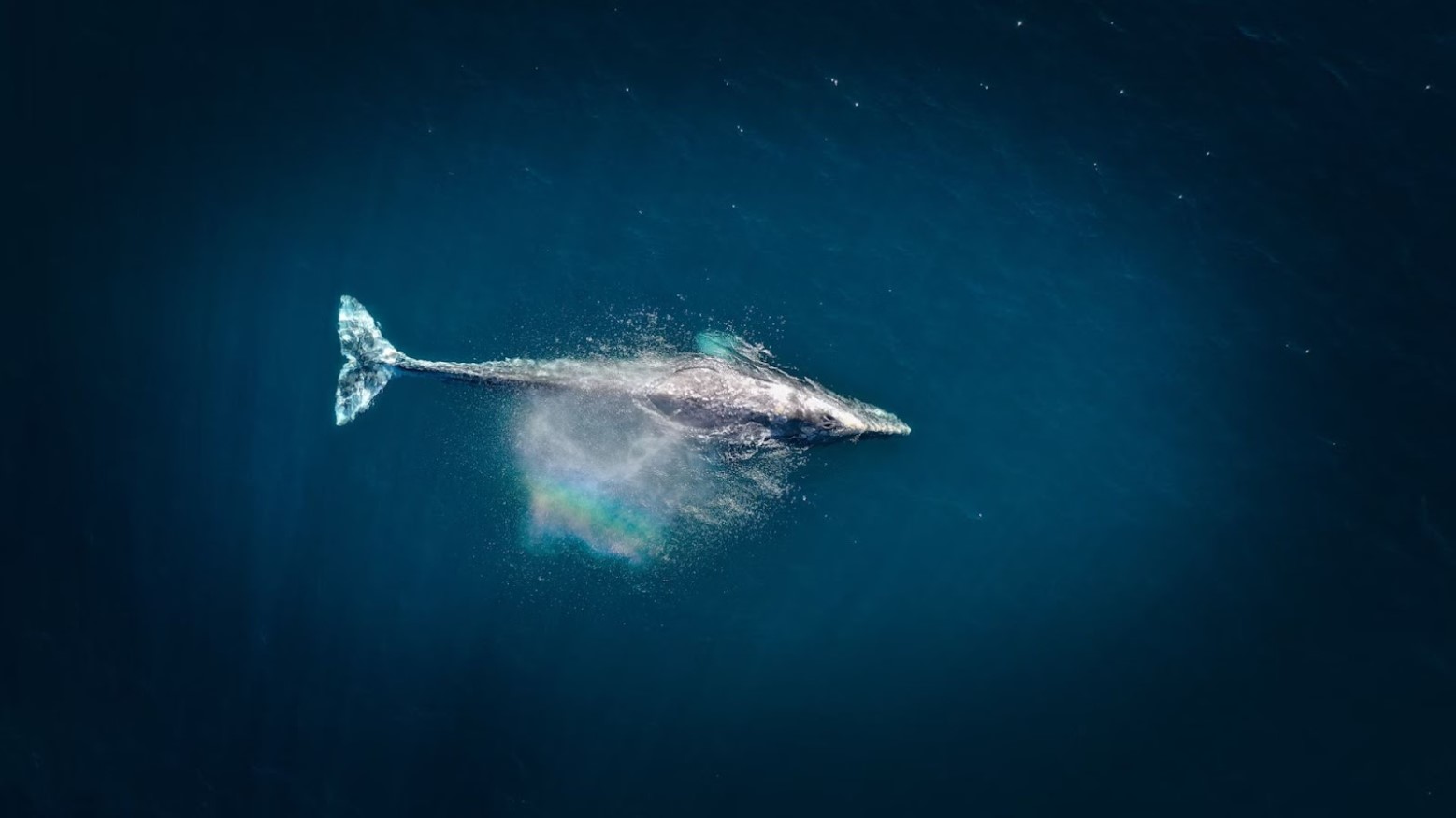
When a group of scientists from the New England Aquarium was flying 30 miles south of Nantucket, they kept seeing a gray whale diving and resurfacing repeatedly, a sign that it was feeding.
As they weren’t close enough and hadn’t seen it enough times, they needed to try and get a closer look to check if they were right. So they circled the area for around 45 minutes.
Scientists Were Shocked
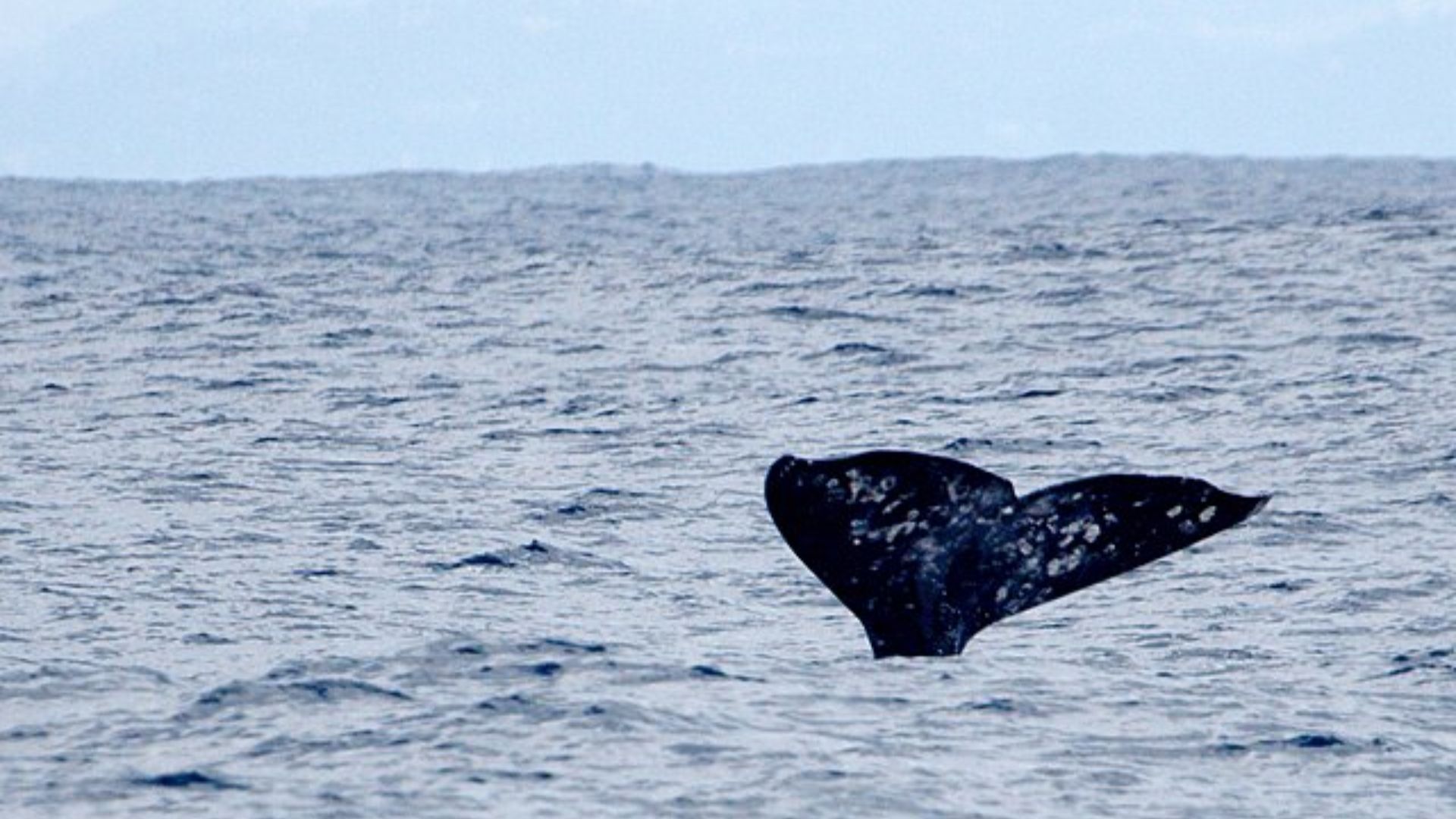
The researchers who spotted the gray whale were in total shock.
“I didn’t want to say out loud what it was, because it seemed crazy,” said O’Brien. “My brain was trying to process what I was seeing because this animal was something that should not really exist in these waters,” said another research technician, Kate Laemmle.
How to Spot a Gray Whale
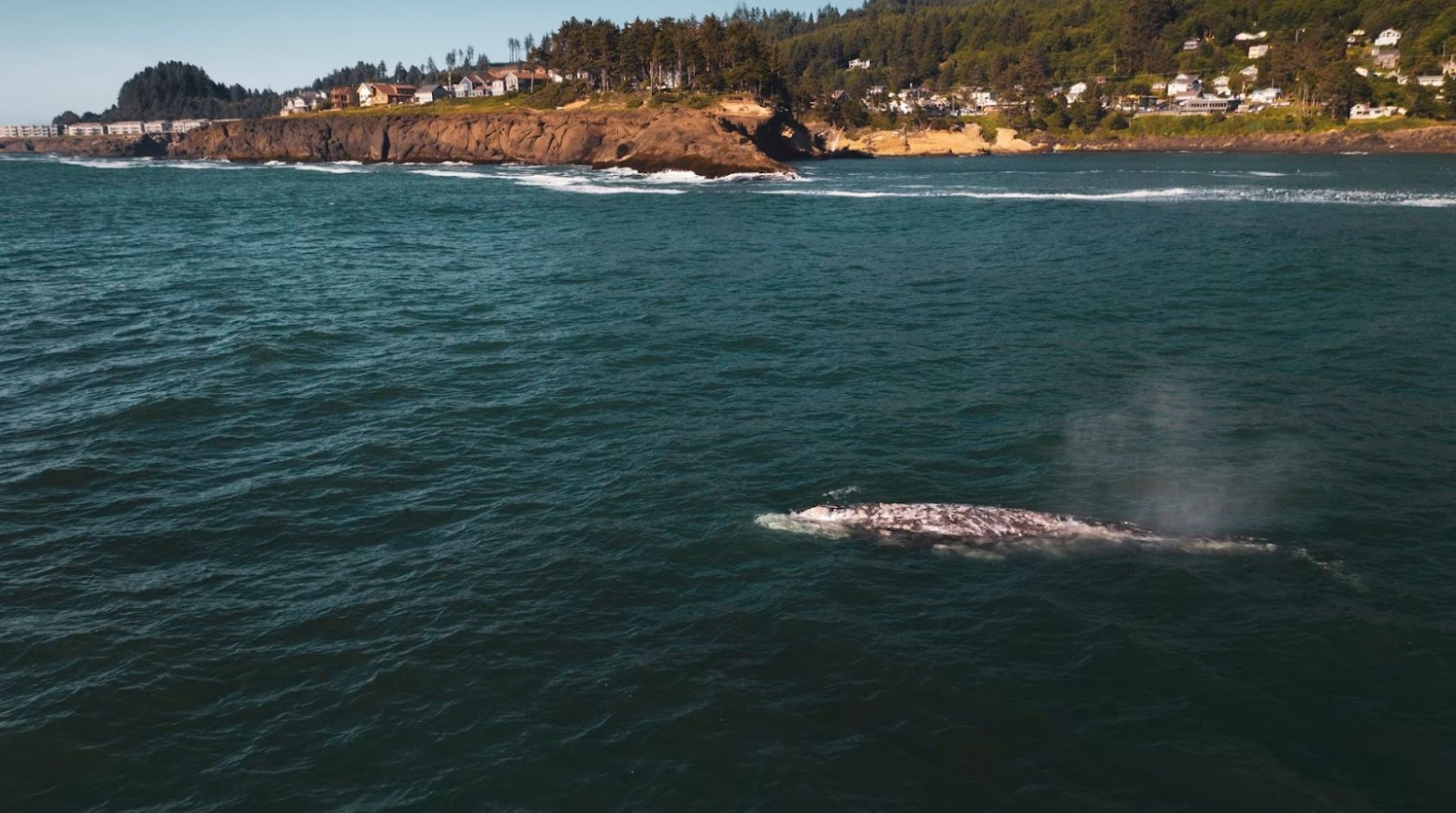
Compared to other whale species, gray whales are incredibly easy to distinguish. This is because they don’t have a dorsal fin but have various distinguishable features on their skin and dorsal hump.
Depending on location, it’s also easy to tell whether it’s a gray whale. They are more commonly spotted in the Pacific Ocean and are rarely found in the Atlantic Ocean or Mediterranean Sea.
Gray Whale Personality
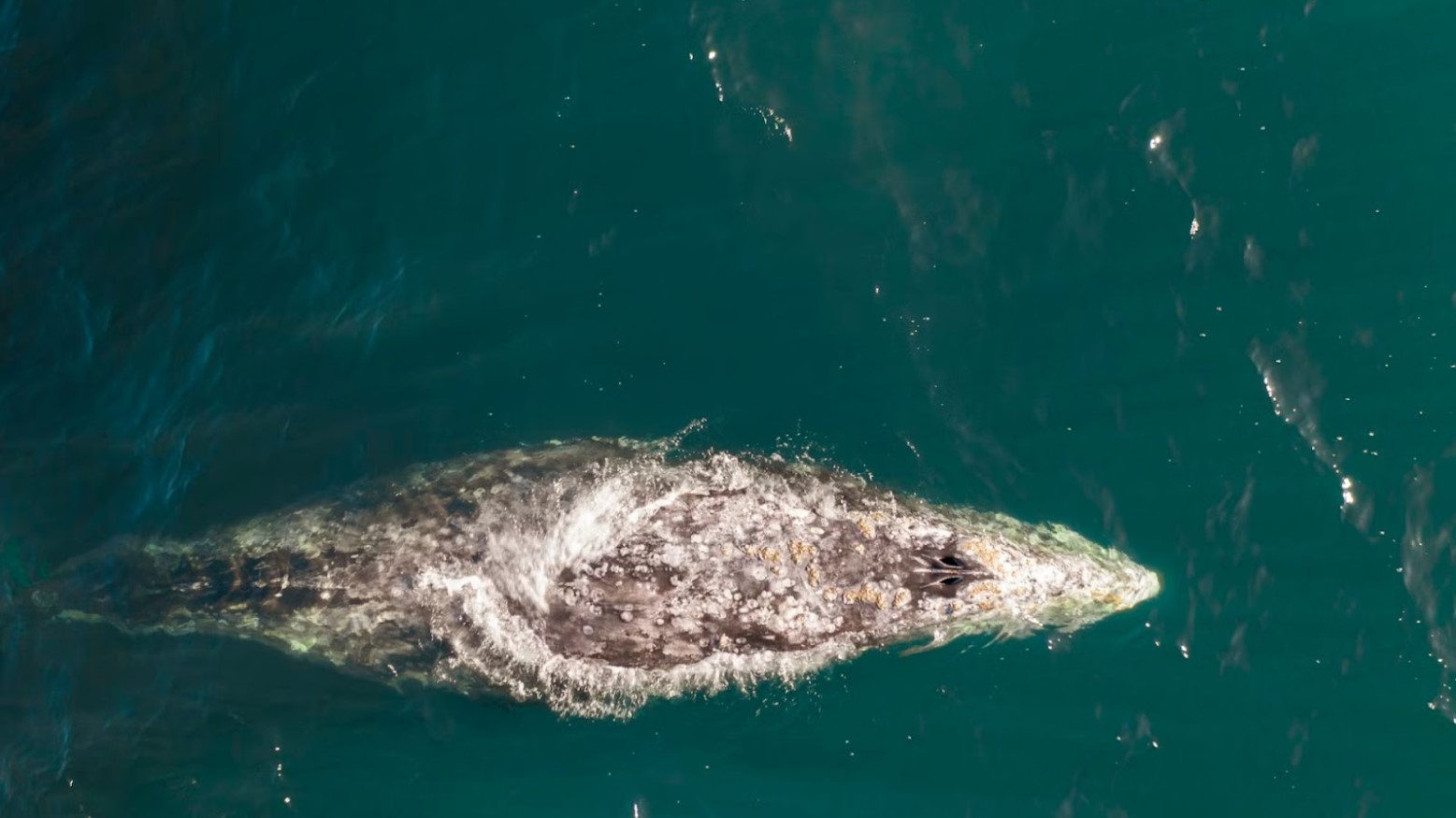
Another thing that makes a gray whale stand out is its personality. Gray whales have been given the nickname “devil fish” because they have an aggressive response when hunters are harpooning them.
Even though they were hunted almost to extinction, they are thankfully still in existence. They can grow up to 49 feet long and weigh around 90,000 pounds. They also tend to travel 10,000 to 14,000 miles per trip.
Saving the Whales
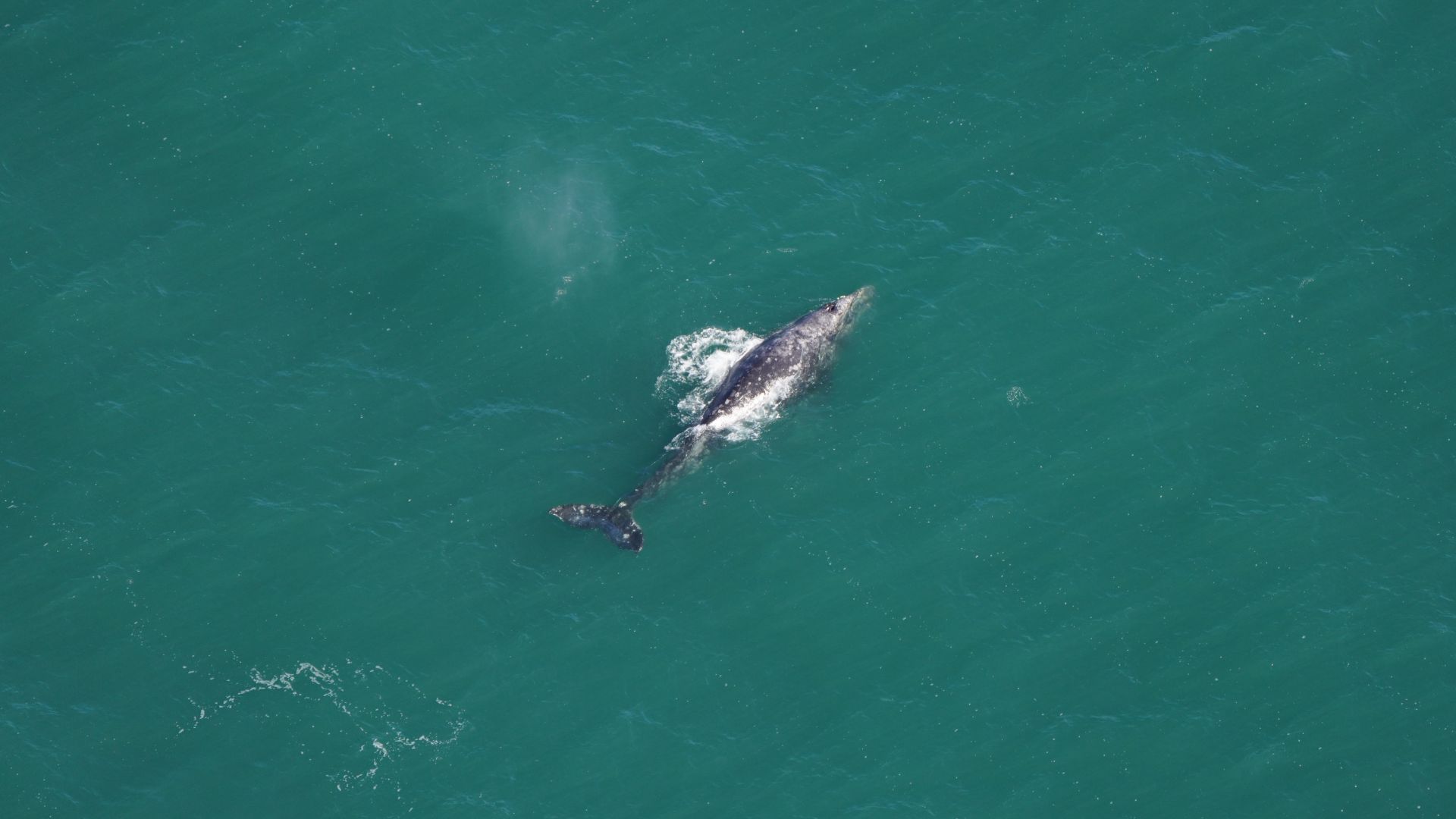
According to the National Oceanic and Atmospheric Administration (NOAA), gray whales were particularly aggressive against hunters.
These whales were nearly hunted to extinction by humans. However, commercial whaling moratoriums and conservations have helped keep the species afloat. Gray whales are now a protected species.
Not Quite Extinct for 200 Years
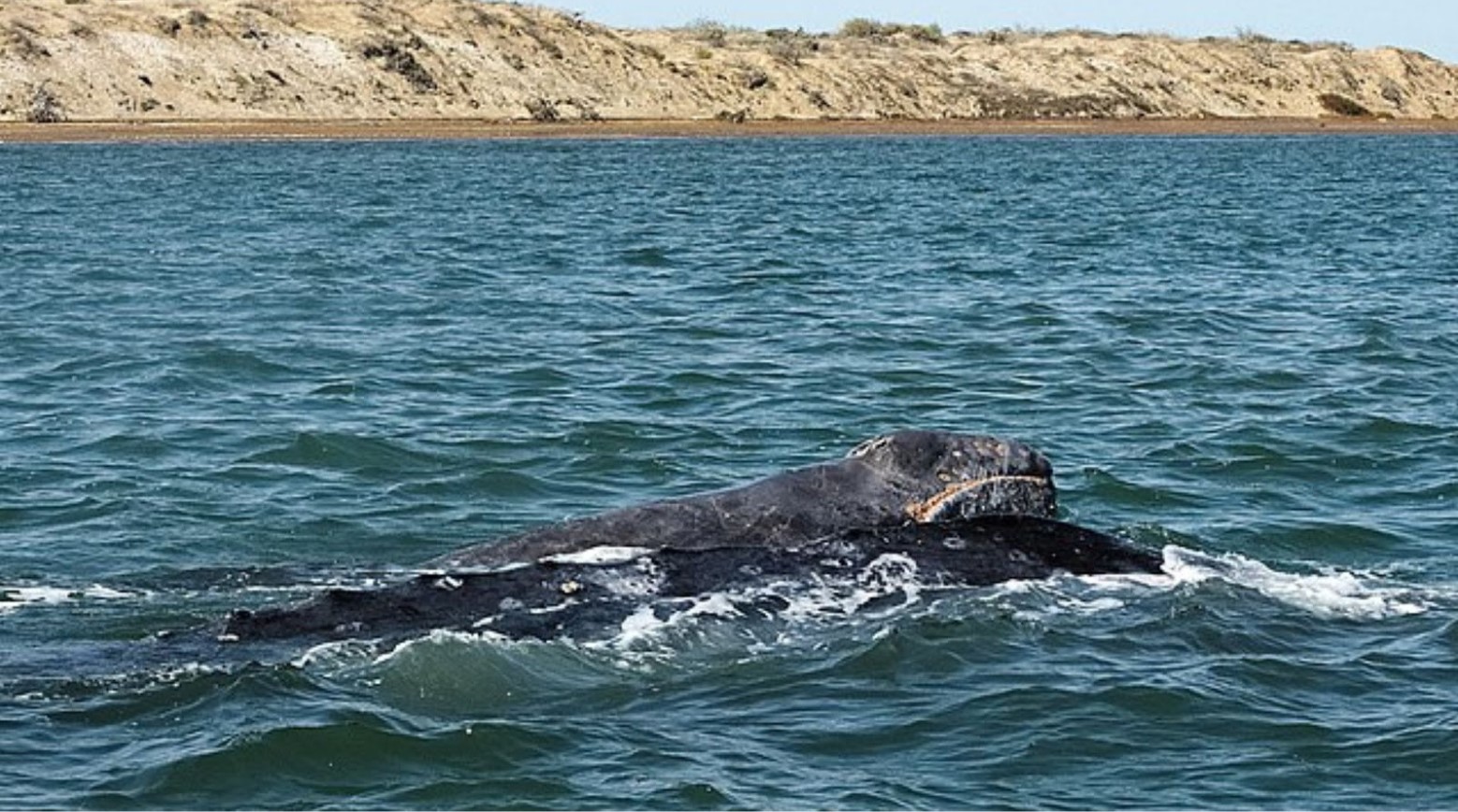
While the gray whale species isn’t entirely extinct, it has been not been seen in the Atlantic Ocean for more than 200 years, which makes this sighting even more special.
The gray whale was last seen in the 18th century, but there have been just five sightings of the species over the last 15 years, with the previous one being just off the Florida Coast in December 2023. This is a sign that gray whales are potentially going through a comeback.
The Same Whale
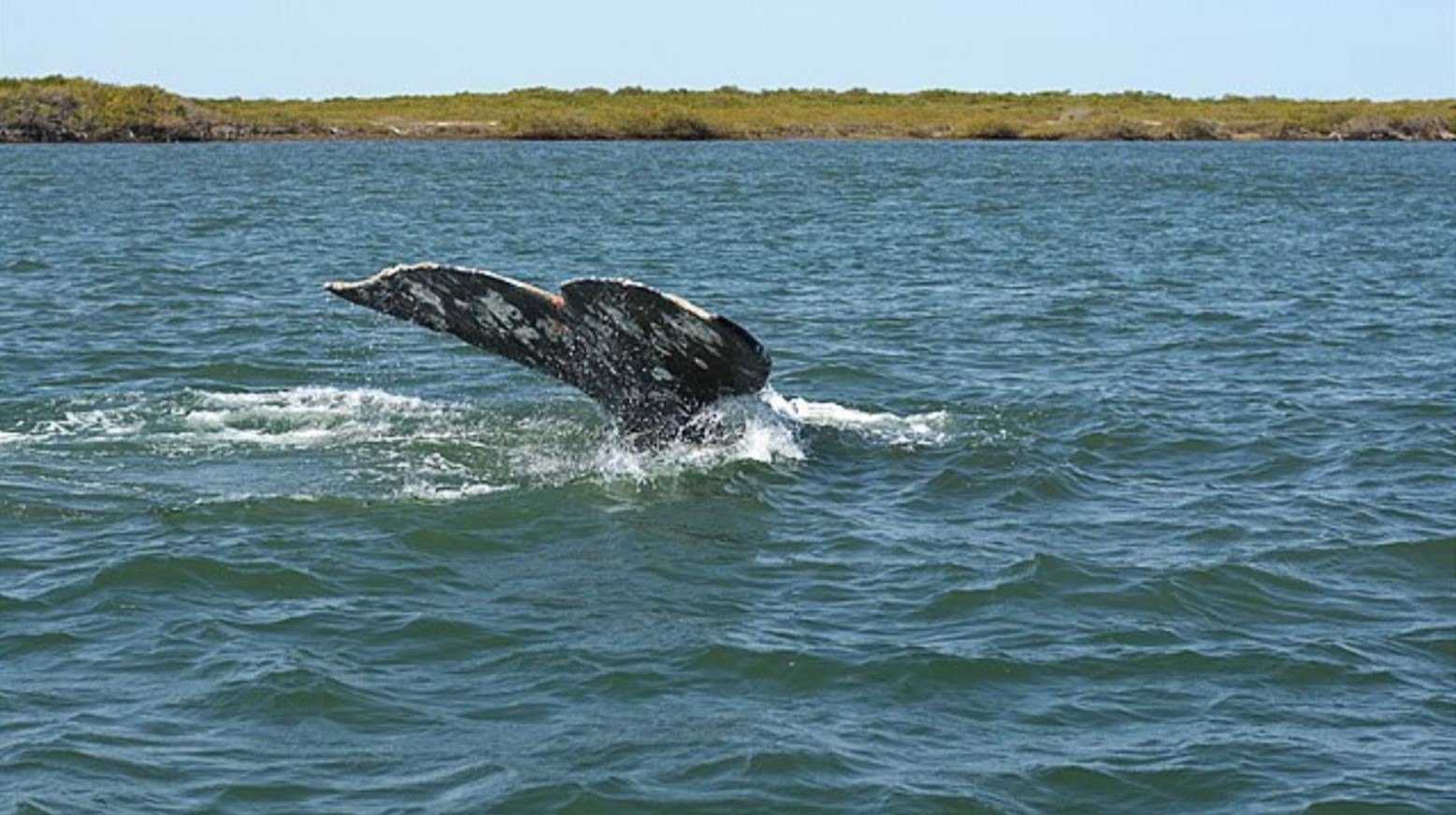
Due to the timings between the last two sightings of the gray whale, the scientists believe that the one found in Florida is the same one found in Massachusetts. However, this cannot be proved.
Even though it is easy to distinguish a gray whale from any other whale species, it isn’t always easy to distinguish one gray whale from another.
Other Previous Sightings
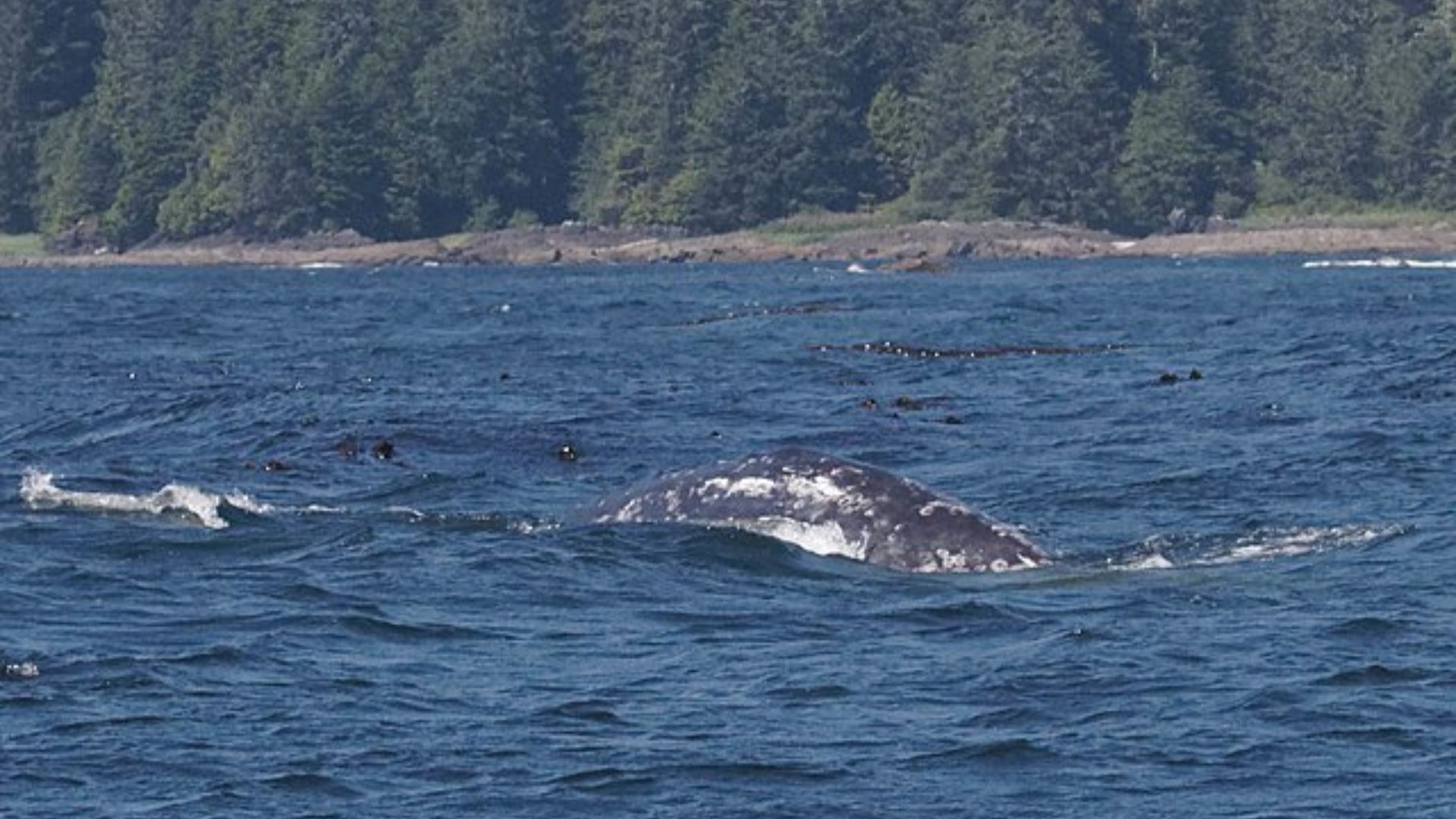
This is not the only recent sighting of a gray whale.
Other unusual sights include one off the coast of Namibia in 2015. In 2011, another gray whale was spotted off the coast of Israel. At the time, researchers attributed the rare sightings to warming ocean waters.
No New Whales
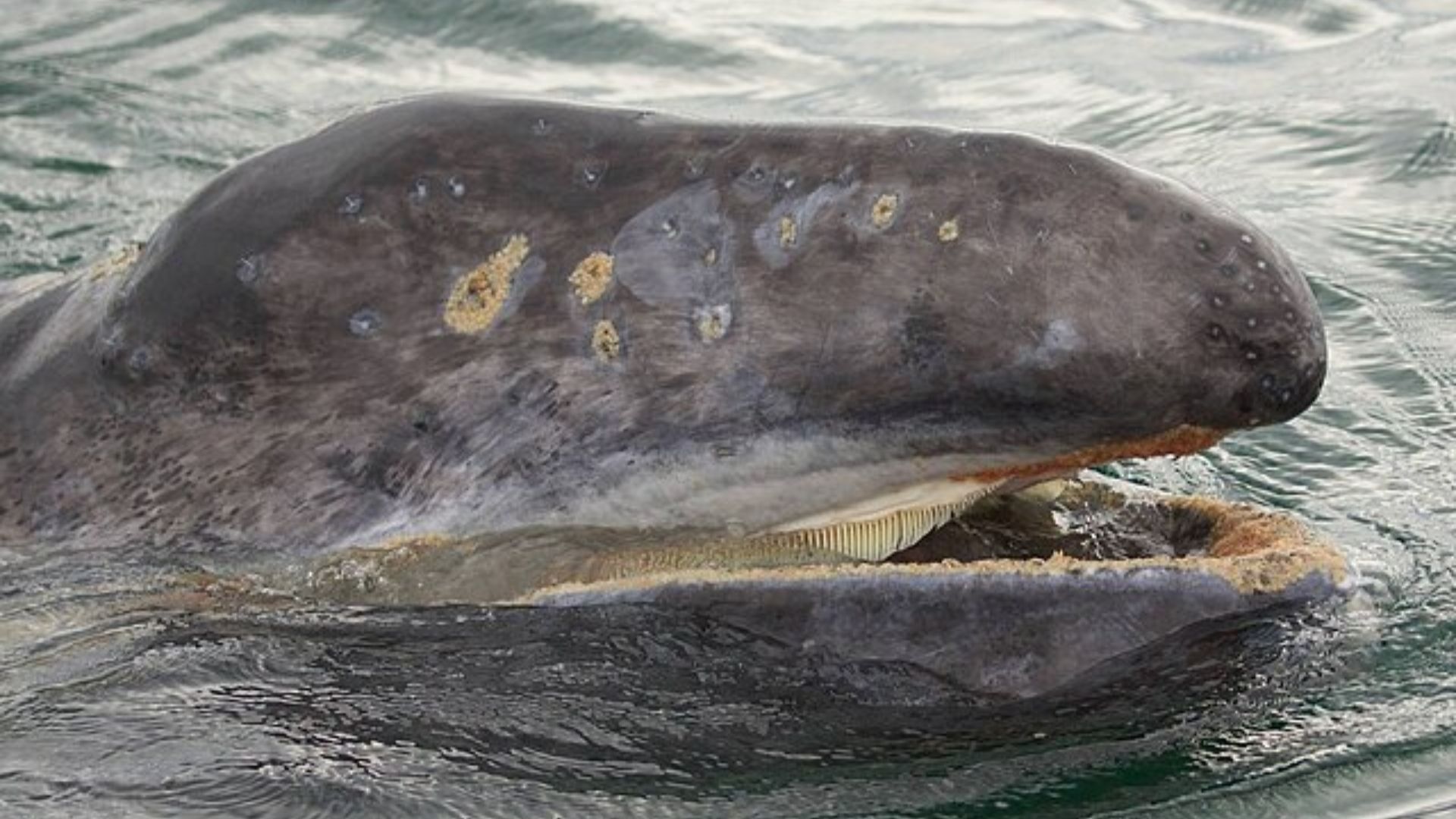
While the sightings over recent years are out of the ordinary, scientists do not think this is because of an increase in the gray whale population.
“I don’t expect that we’ll see a brand new population of gray whales in the Atlantic anytime in the very near future,” said Liz Alter, a biology professor at the California State University in Monterey Bay. “But it shouldn’t surprise us if we start to see a steady trickle of gray whales arriving in the Atlantic.”
Climate Change Is to Blame

As gray whales have spent 200 years away from the Atlantic Ocean, scientists have been looking for reasons why they have suddenly returned to the area.
The main reason appears to be climate change. As the planet gets warmer, this warms water and causes ice to melt. The melting ice of the Northwest Passage, which connects the Atlantic and Pacific Oceans, allows gray whales to travel freely between the two.
Feeding in the Arctic
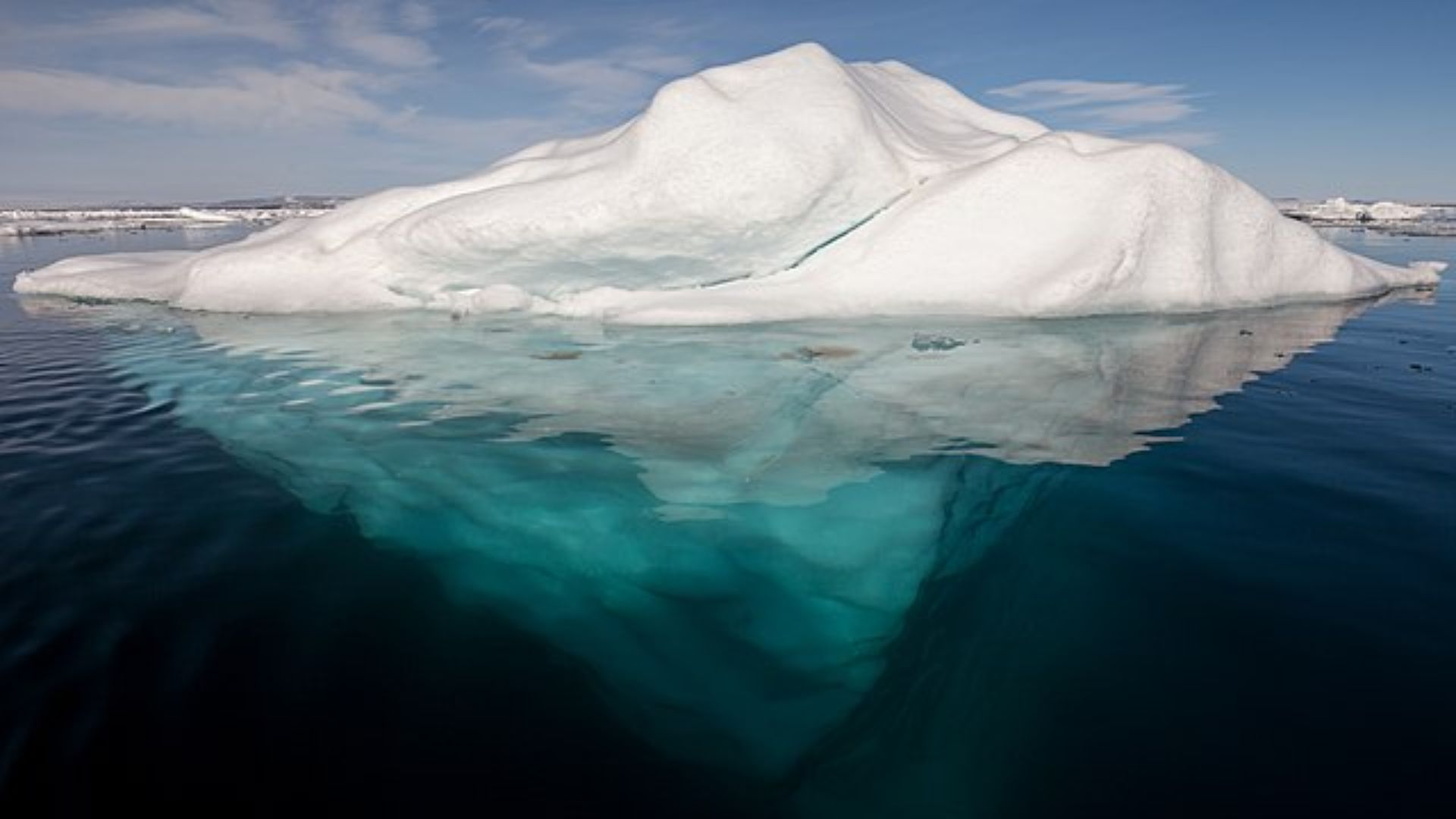
Gray whales can navigate through the Northwest Passage because of their usual feeding habits.
“They’re going all the way up to the Arctic to feed already, so they’re quite close to these newly ice-free areas that would allow them to pass through,” said Joshua Stewart, an assistant professor at Oregon State University’s Marine Mammal Institute.
Lack of Prey
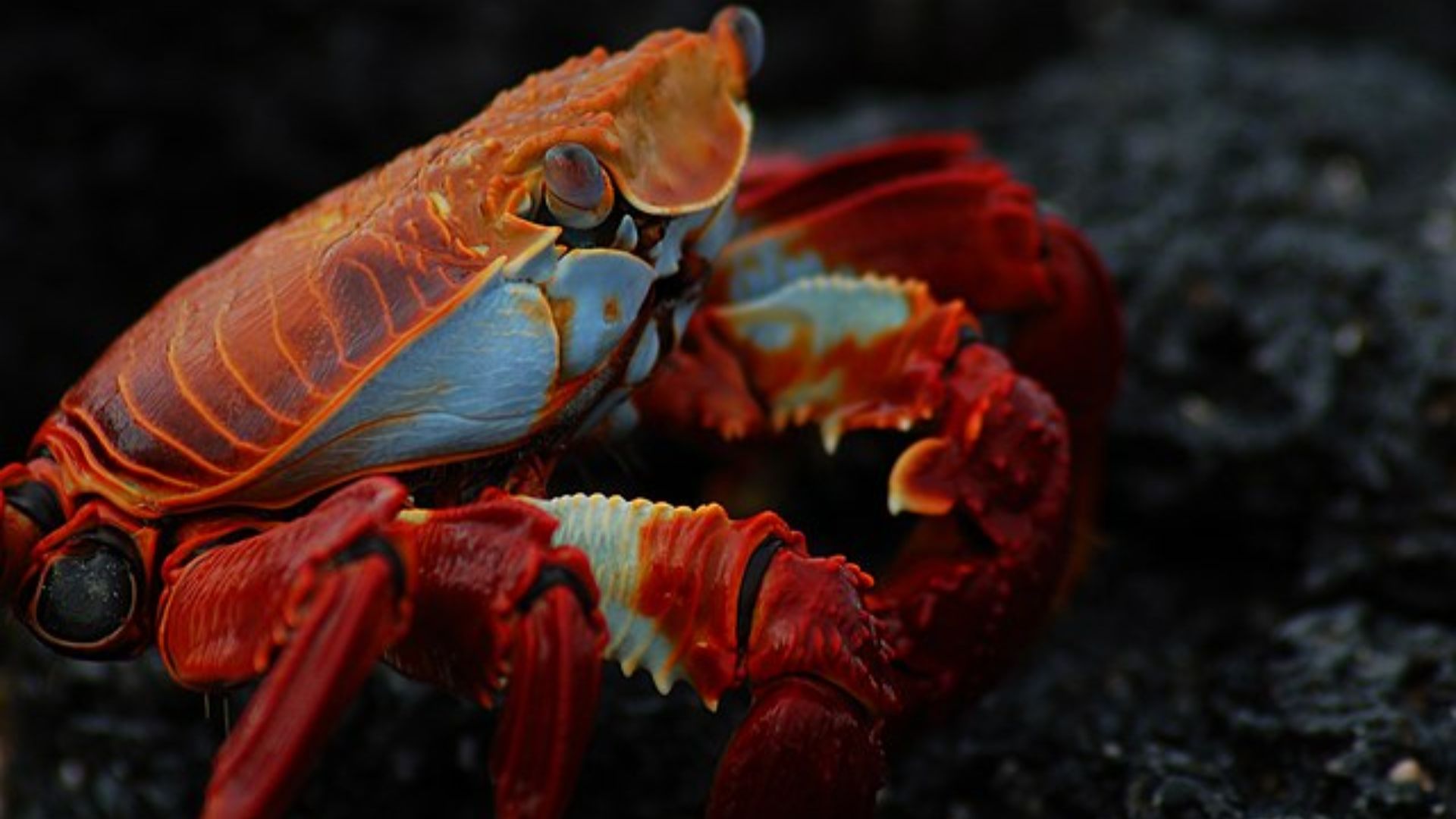
Unfortunately, the new passage for gray whales does not broaden the species’ horizons.
The prey that gray whales rely on for their survival is dying out due to warmer waters. Since 2019, the disappearance of tiny crustaceans that sperm whales feed on has killed between 25 and 50% of gray whales living in the eastern Pacific. Many of the whales that survive the lack of food are emaciated.
A Gray Whale in Florida
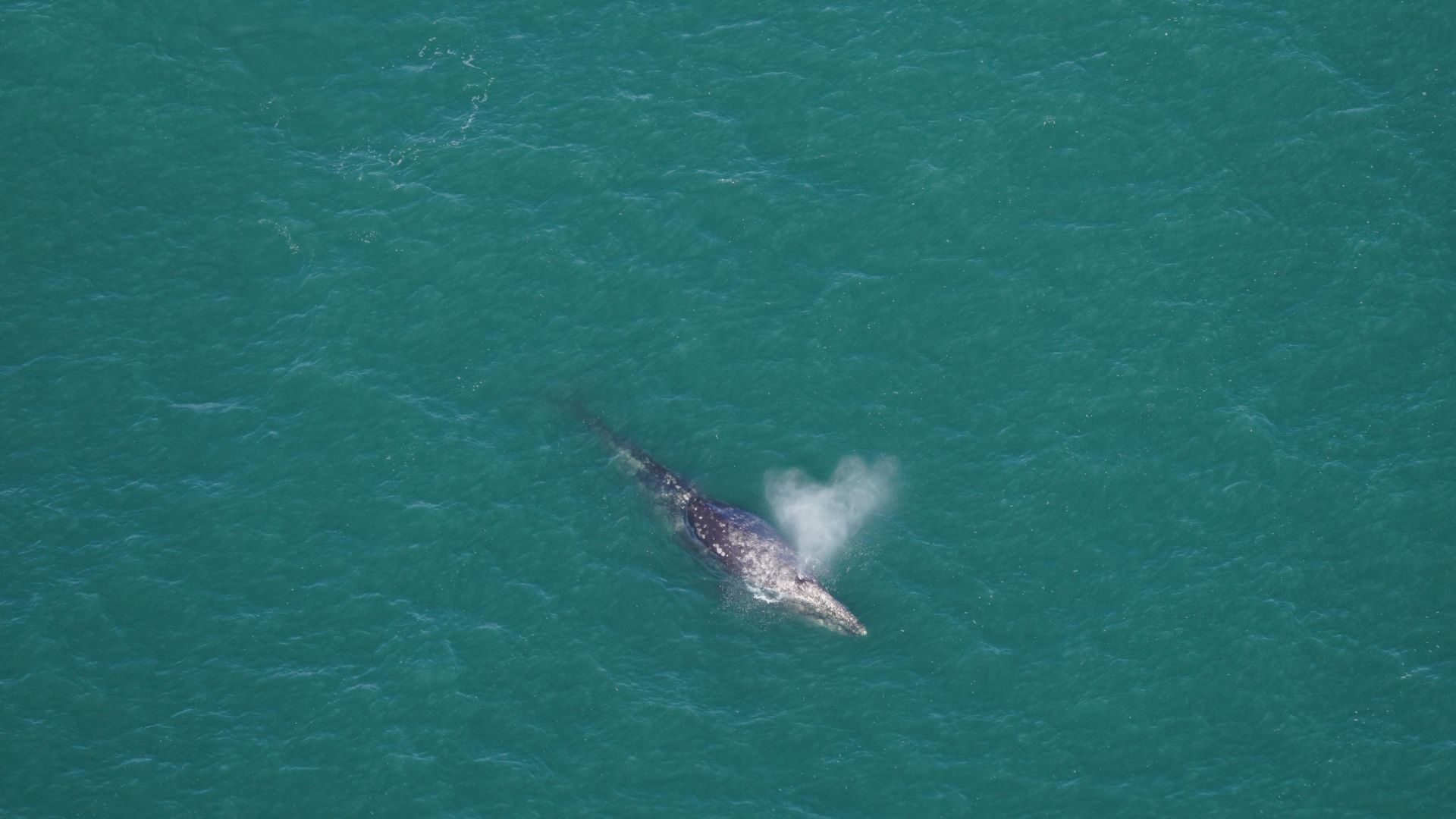
While the sighting of the gray whale is fascinating, this may not be a good sign.
The gray whale the team spotted might not find its way back to the Arctic. Once the Arctic summer ends, gray whales will find that the Northwest Passage will have frosted over again. This probably happened last year, forcing this gray whale to migrate south to Florida. “I don’t see this as a positive,” said Regina Guazzo, a researcher with the Whale Acoustic Reconnaissance Project at the Naval Information Warfare Center Pacific in San Diego.
The Arctic Food Chain
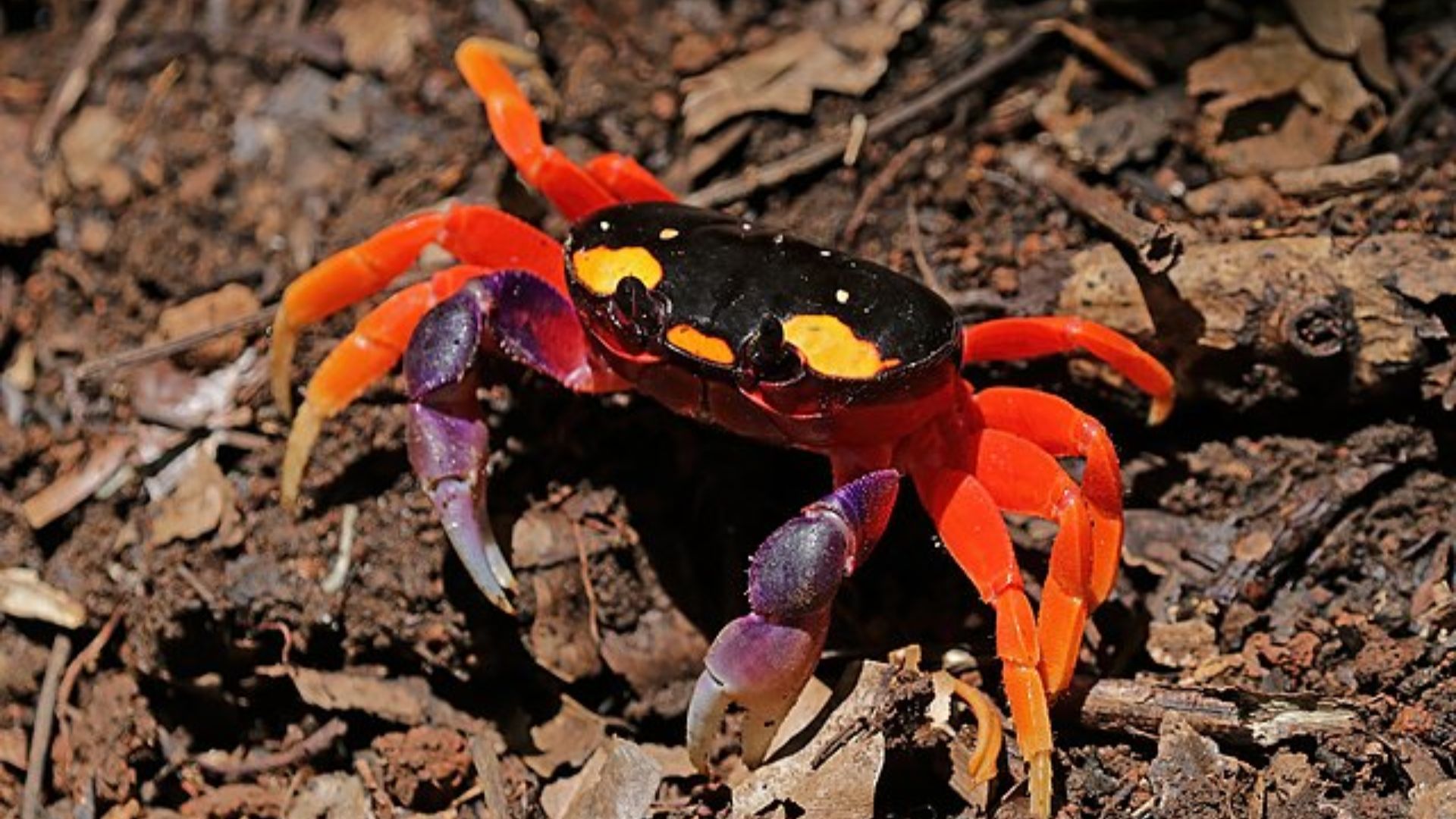
Warmer waters spell trouble for gray whales, which deprive them of the prey they rely on for survival.
“Ice melting will impact the Arctic food chain that the whales depend on, and the additional freshwater could mess up the global ocean circulation patterns. This could have huge impacts on weather, temperature and food supply,” said Guazzo.
Quick Responses to Climate Change

Resilience is important, whether human or animal. With climate change continuing to rise and becoming a more frequent issue in society, resilience to weather changes is especially important.
The fact that gray whales are starting to travel between the Pacific and Atlantic Oceans due to climate change shows how resilient they are and how quickly they can adjust to climate change.
Whales Are Adapting to the Climate
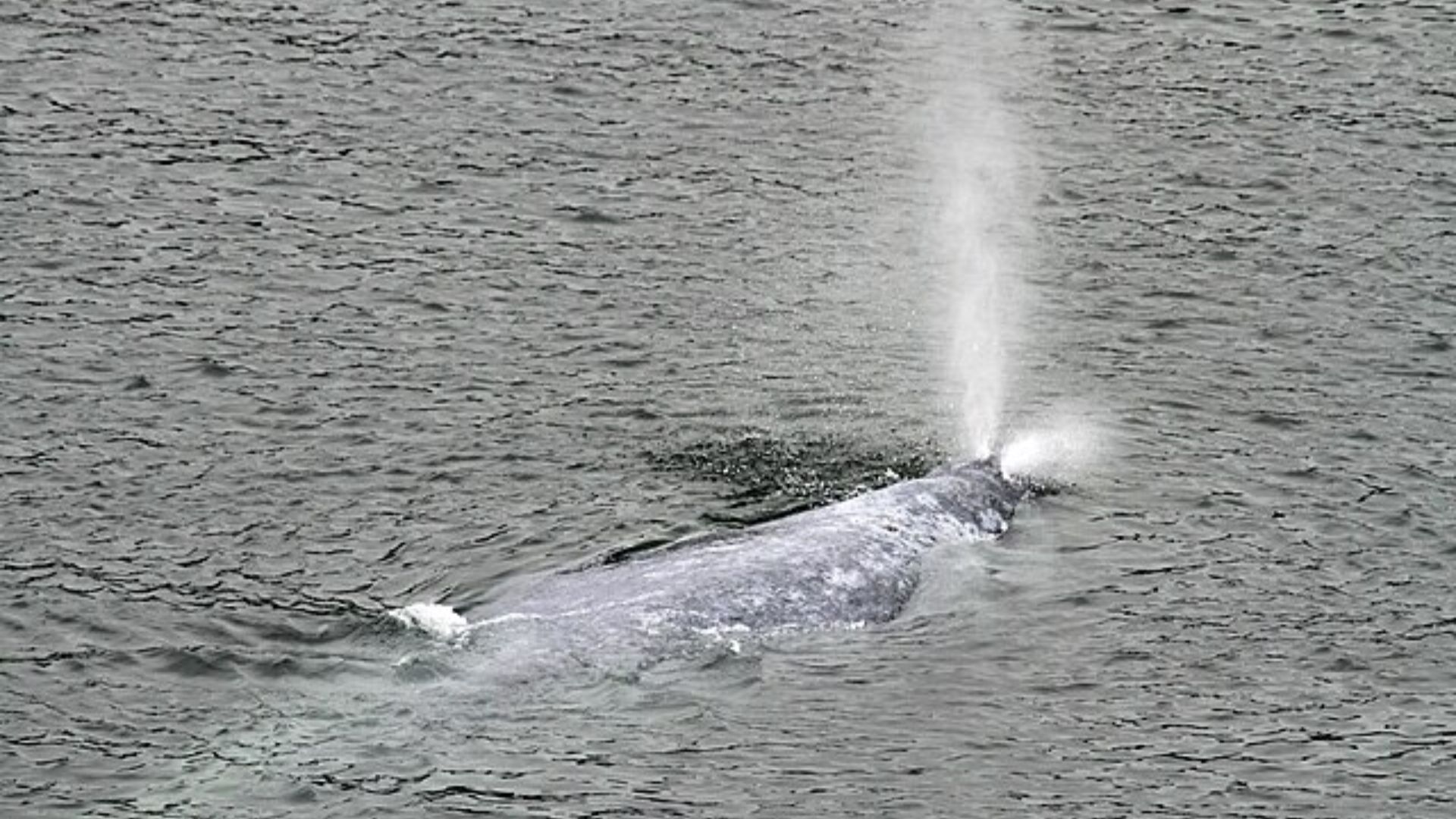
Since the passageway that would have previously kept gray whales at bay has freed up, these large mammals are now free to roam the Atlantic Ocean.
“These sightings of gray whales in the Atlantic serve as a reminder of how quickly marine species respond to climate change, given the chance,” said O’Brien.
Surveys Are Important
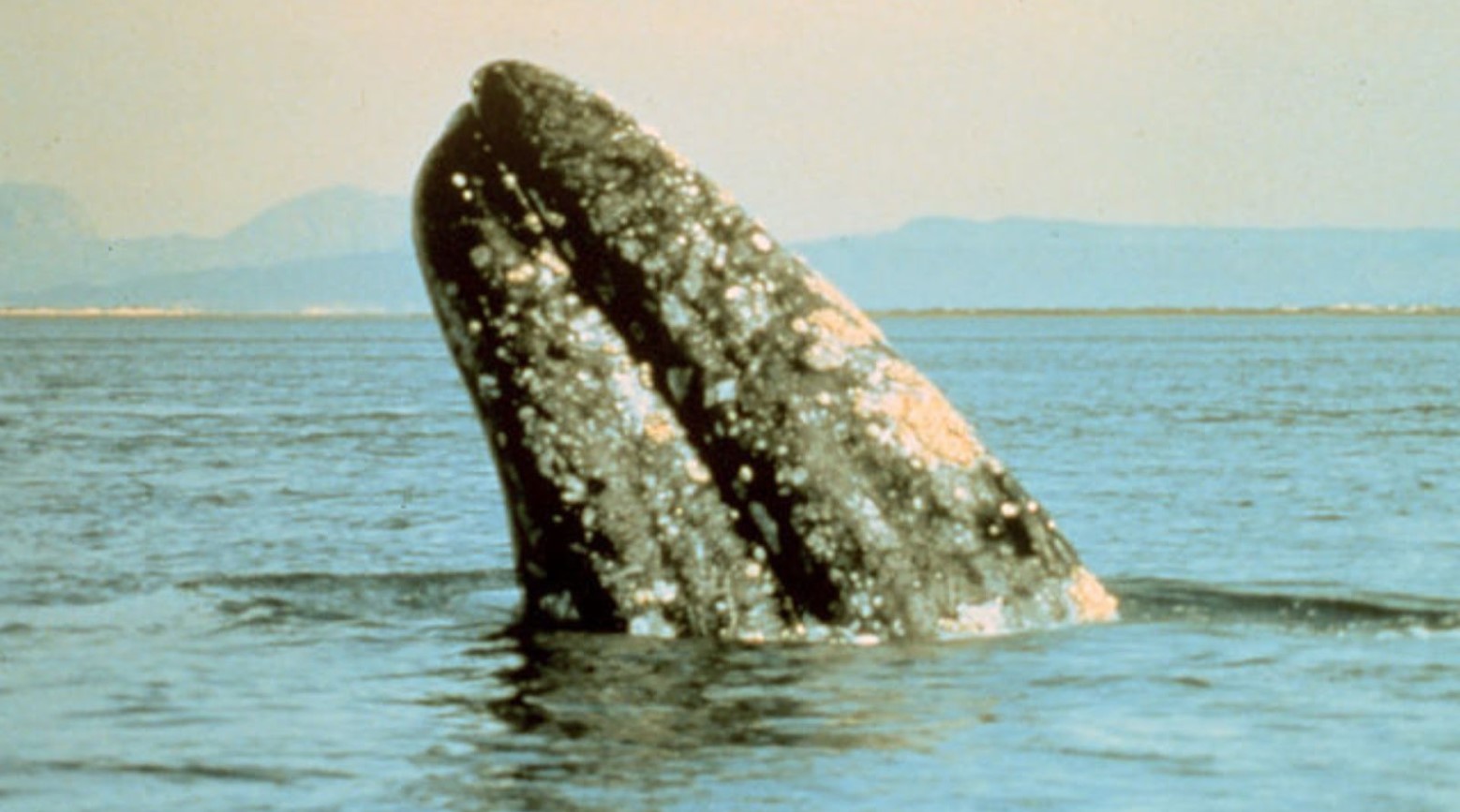
The scientists’ finding of the gray whale shows just how important these surveys are. Even though gray whales aren’t native to the Atlantic Ocean, they could still find one there.
This is because the ocean is a dynamic ecosystem. You never know what you will find there, and sometimes, you can find an incredibly rare sighting that could change everything.
A New Age for Gray Whales
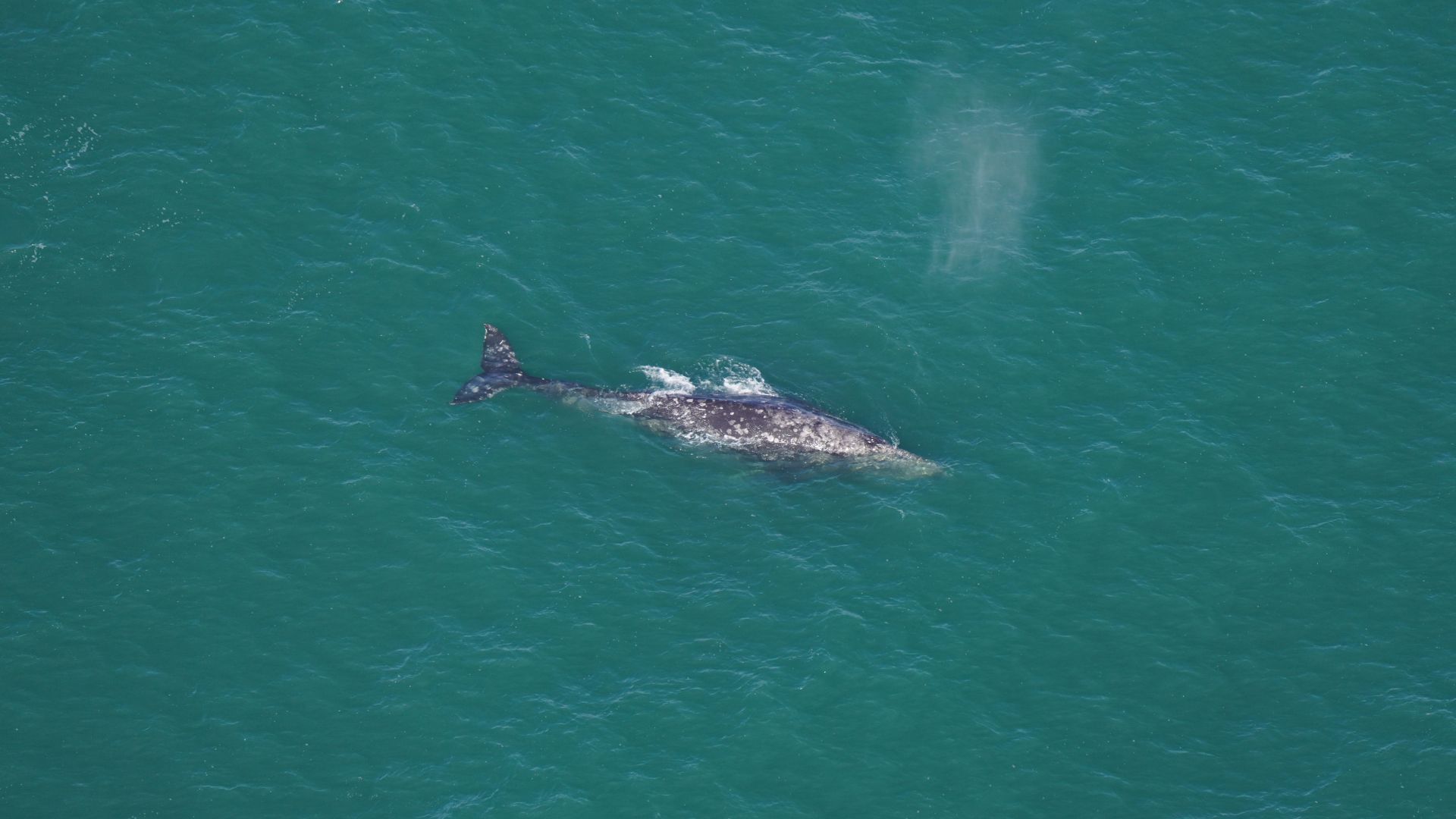
Gray whales could potentially take over the Atlantic Ocean again.
“It’s almost definitely going to happen. But it’s going to take a lot of trial and error on the part of the whales,” said Stewart. These whales will need to find new food sources and establish a breeding area where the whales can reproduce. “It’s not something that we will witness with our eyes in real-time, but it’s cool to see what may be the start of it,” said Stewart.
